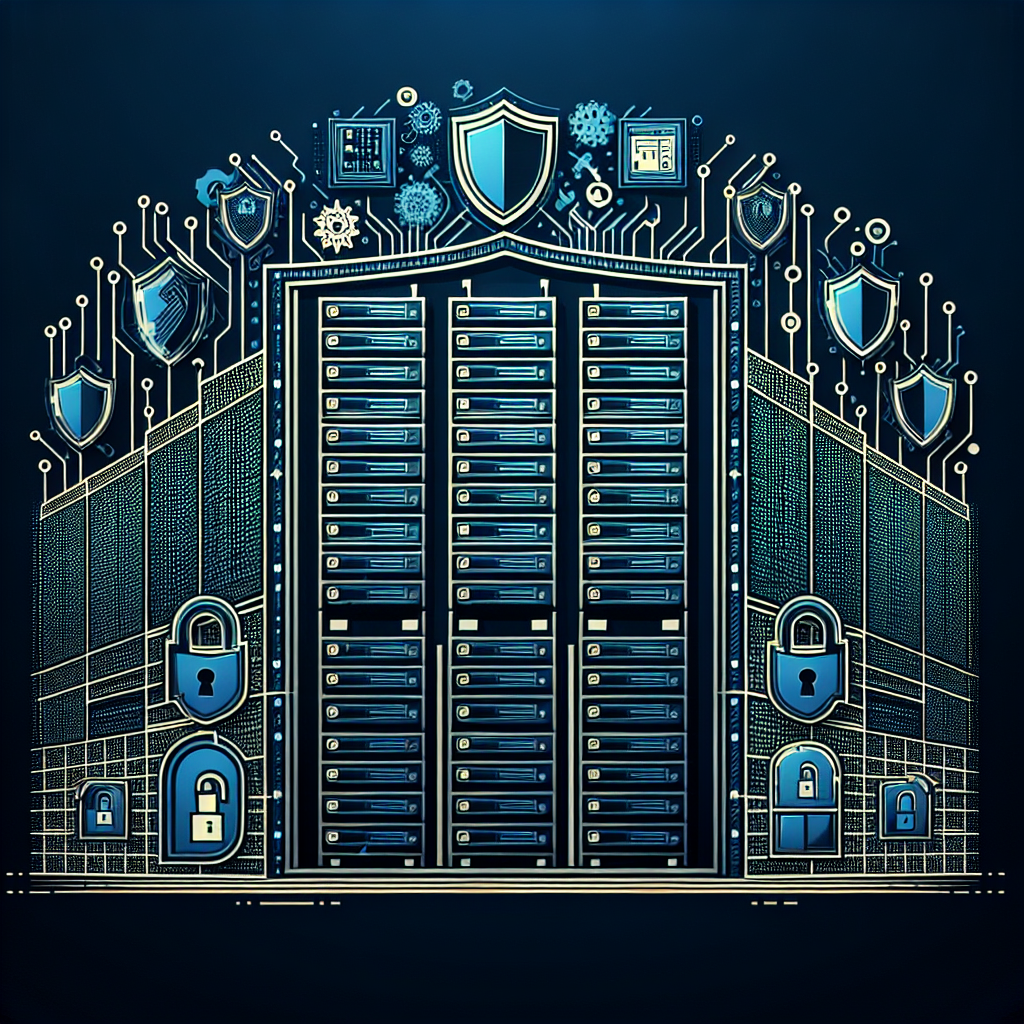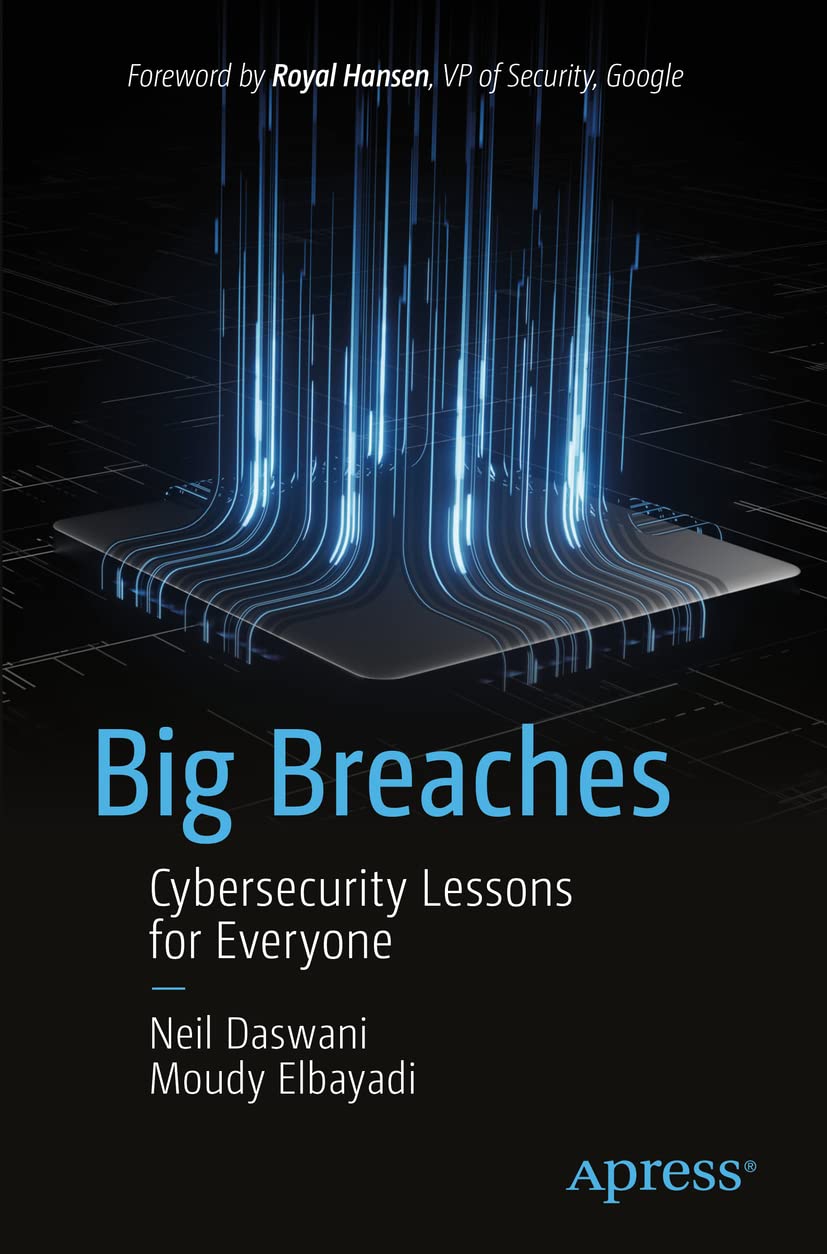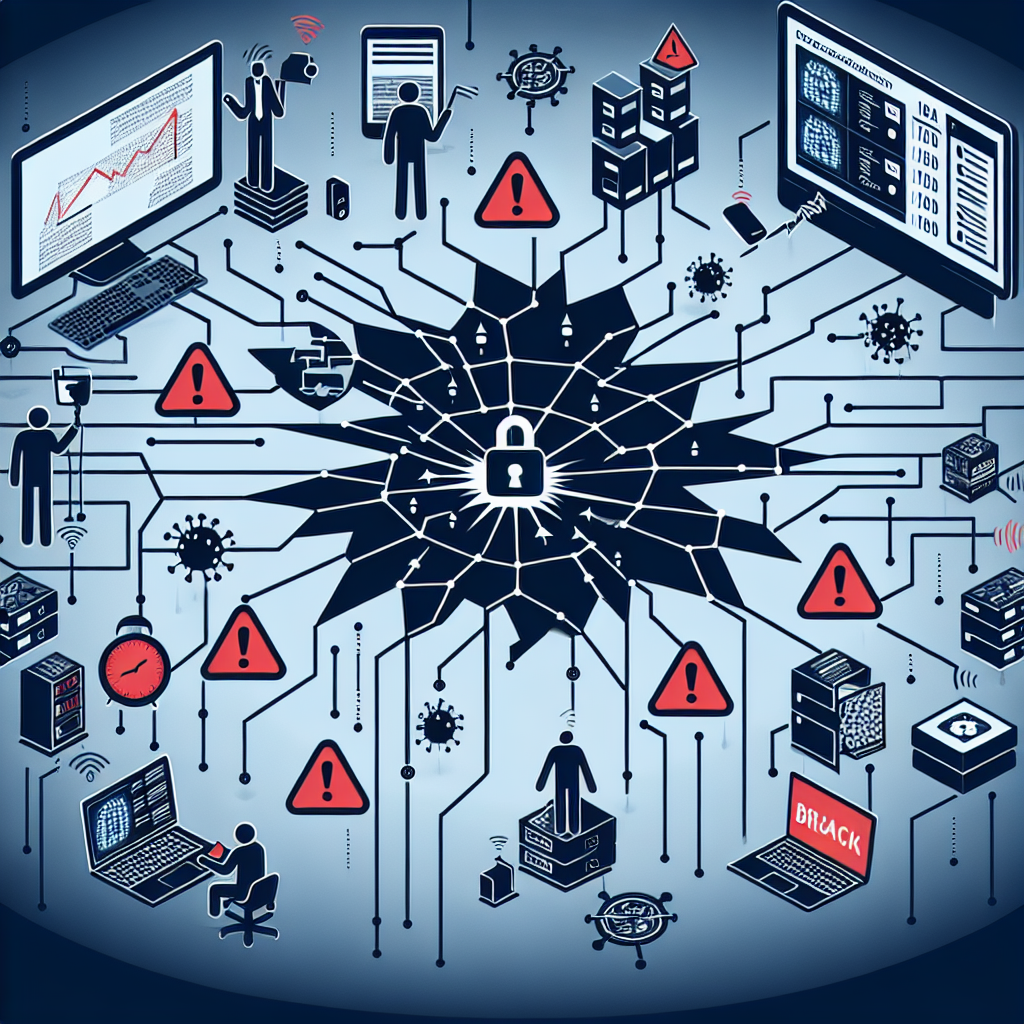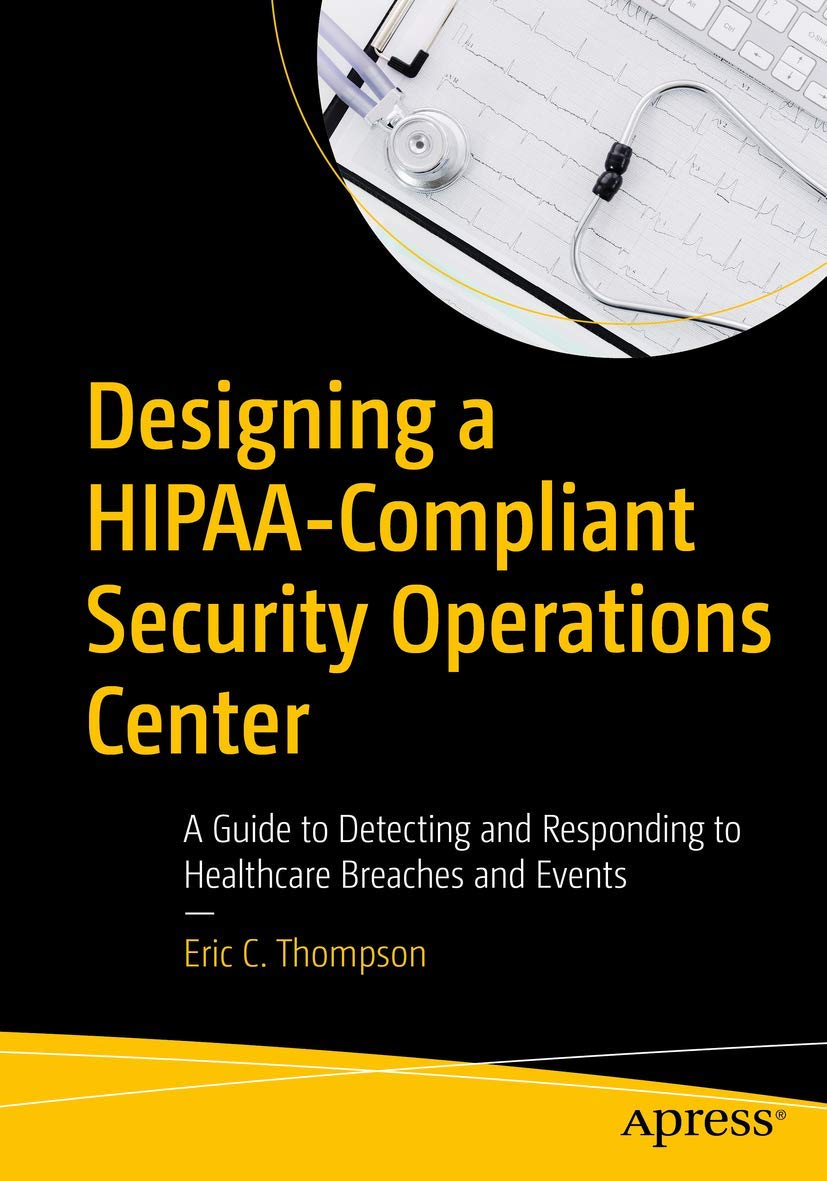Data centers are the heart of any organization’s IT infrastructure, storing and processing sensitive data that is critical to the business. With the increasing number of cyber threats and attacks, data center security breaches have become a major concern for organizations worldwide. When a breach occurs, it is essential to act quickly and efficiently to mitigate the damage and prevent further compromises. In this article, we will provide a step-by-step guide to troubleshooting data center security breaches.
Step 1: Identify the Breach
The first step in troubleshooting a data center security breach is to identify the breach. This may involve analyzing logs, monitoring systems, and conducting a thorough investigation to determine how the breach occurred and what data may have been compromised. It is important to act quickly and accurately to prevent further damage.
Step 2: Contain the Breach
Once the breach has been identified, the next step is to contain it to prevent further compromises. This may involve isolating affected systems, blocking access to sensitive data, and implementing additional security measures to prevent the breach from spreading to other parts of the network. It is important to act swiftly to prevent further damage and protect sensitive data.
Step 3: Investigate the Root Cause
After containing the breach, it is important to investigate the root cause to understand how the breach occurred and prevent similar incidents in the future. This may involve analyzing logs, conducting interviews with staff, and examining the security measures in place to identify any vulnerabilities that may have been exploited by the attacker.
Step 4: Remediate the Breach
Once the root cause has been identified, it is time to remediate the breach and secure the data center against future attacks. This may involve patching vulnerabilities, updating security measures, and implementing additional controls to prevent similar incidents from occurring in the future. It is important to work closely with IT and security teams to ensure that all necessary steps are taken to secure the data center.
Step 5: Communicate with Stakeholders
Finally, it is important to communicate with stakeholders about the breach and the steps taken to remediate it. This may involve notifying customers, partners, and regulatory authorities about the breach and the measures taken to secure the data center. Transparency and communication are key to building trust and ensuring that all parties are informed about the breach and its impact.
In conclusion, data center security breaches can have serious consequences for organizations, but by following a step-by-step guide to troubleshooting breaches, organizations can effectively mitigate the damage and prevent future incidents. By identifying the breach, containing it, investigating the root cause, remediating the breach, and communicating with stakeholders, organizations can protect their sensitive data and maintain the trust of their customers and partners.











